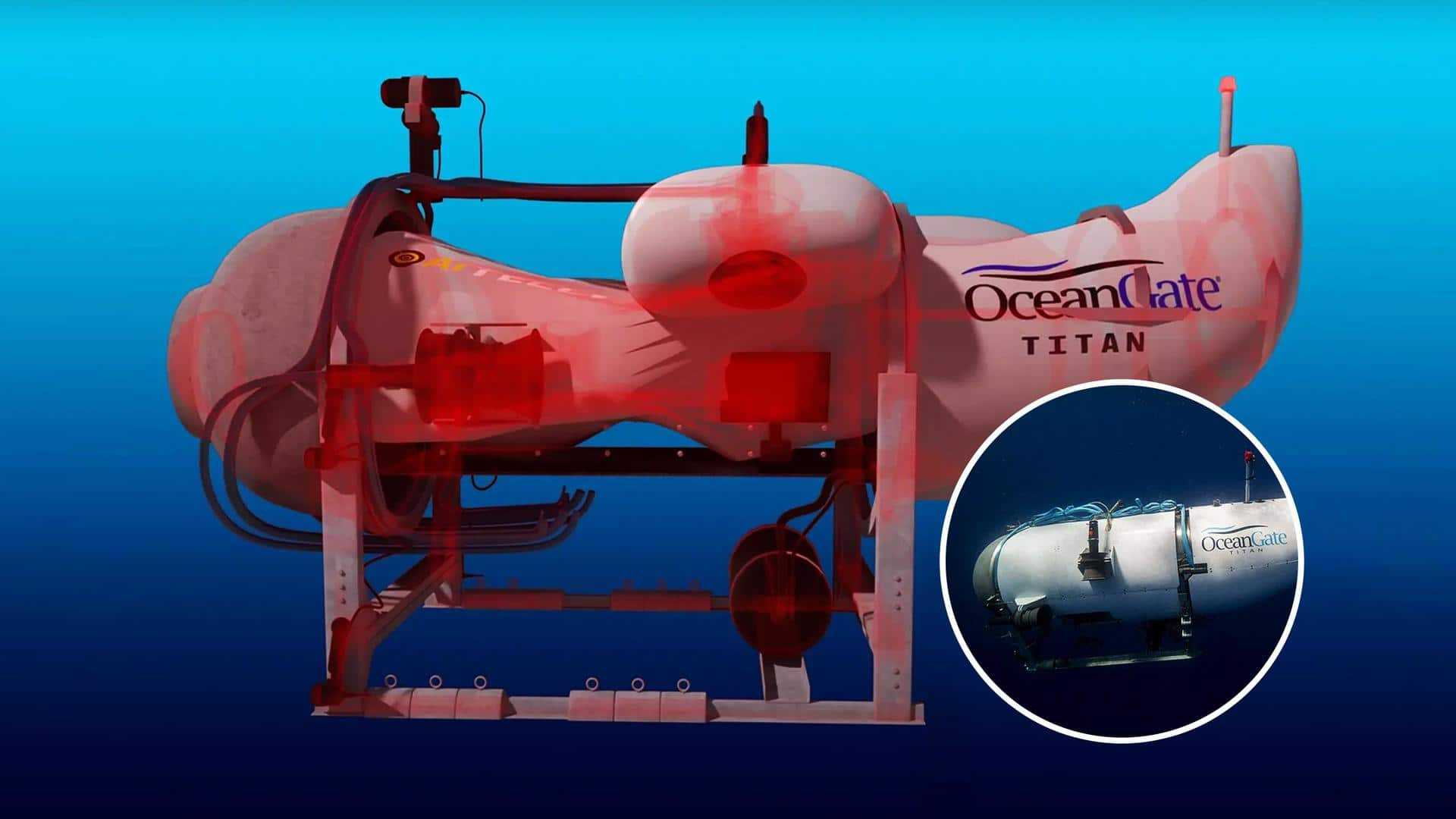
Animation video shows how Titan sub's fatal implosion happened
What's the story
A detailed animated video showing how the Titan submersible might have imploded and caused the death of five passengers has become viral. The video posted on YouTube by AiTelly, quickly accumulated more than 6 million views (still counting) in just 12 days since it was uploaded. The 6-minute, 20-second video explains concisely how the vessel imploded due to the immense pressure underwater.
Context
Why does this story matter?
OceanGate CEO Stockton Rush, British billionaire Hamish Harding, French diver Paul Henry Nargeolet, and Pakistani businessman Shahzada Dawood and his son Suleman lost their lives when the Titan submersible experienced a catastrophic implosion. This happened on June 18, just two hours into their dive into the famous Titanic shipwreck at a depth of approximately 1,676 meters in the North Atlantic Ocean.
Open-source
Video completed within 12 hours using open-source software
According to the spokesperson of the AiTelly YouTube channel who spoke to the New York Post, the Titan animation was created by a team of three members. They gathered information and measurements about the sub from OceanGate's website and Google and then used an open-source 3D modeling software called Blender to bring it to life. The entire process took them approximately 12 hours.
Video
Video was re-uploaded with necessary fixes
The spokesperson informed The Post that they initially released a video that had some errors and needed corrections. They subsequently re-uploaded the video with the necessary updates and fixes. In the video, they explained that instead of deploying traditionally used solid metals like steel or titanium, the Titan's hull was made from a strong type of carbon fiber used in aerospace.
Narration
Narration starts with the basics
The narration starts by describing an implosion as "a process of destruction by collapsing inwards on the object itself. Where explosion expands, implosion contracts." It highlights the immense pressure at the depth where the Titanic sank in the Atlantic Ocean — around 5,600 pounds per square inch (386.16 MPa). This pressure is almost 400 times stronger than what we feel at the surface.
Carbon fiber
High pressure crumpled Titan's carbon fiber construction, video claimed
Due to the high hydrostatic pressure in the surrounding water, the OceanGate submersible crumpled and collapsed almost instantly. The narration attributes the catastrophic failure to Titan's controversial carbon fiber construction. "Existing technology is based on steel, titanium, and aluminum. These are what kept other submarines from being crushed. But the Titan has had an experimental design," the video said.